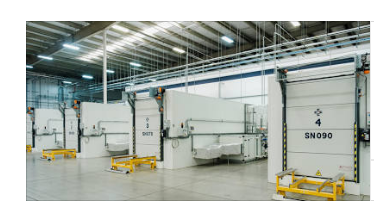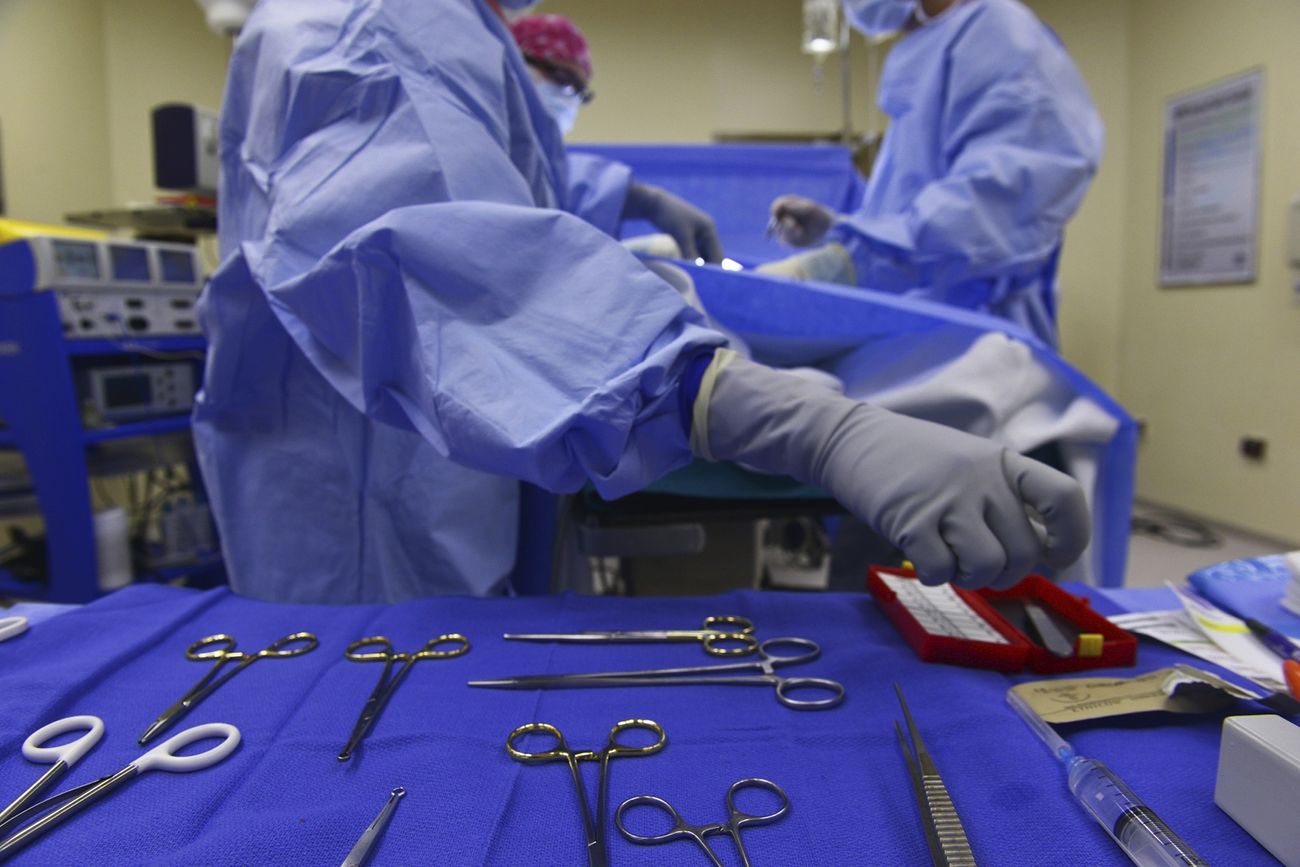
Intro
If you have an idea for a new or improved medical device, you might be wondering how to turn it into a reality. Developing a medical device is not an easy task, but it can be rewarding if you follow the right steps and overcome the challenges along the way. In this blog post, we will outline the basic steps involved in creating a medical device, from ideation to manufacturing. We will also highlight some of the common issues that you might face and how to solve them.
https://medevel.com/understanding-the-medical-device-development-process/

Step 1: Hire a reputable manufacturing company
One of the first things you need to do is find a reliable partner who can help you design, prototype, test, and produce your medical device. A good manufacturing company will have experience in working with medical devices, understand the regulatory requirements, and offer quality services at a reasonable cost. You can search online for manufacturing companies that specialize in medical devices, or ask for recommendations from other professionals in your field.
Step 2: Define your product idea and specifications
Next, you need to clearly define what your medical device is, what it does, and who it is for. You should also specify the technical requirements, such as the size, shape, materials, functions, features, and performance of your device. This will help you communicate your vision to your manufacturing partner and ensure that they can meet your expectations.
Step 3: Create preliminary drawings and prototypes
Once you have defined your product idea and specifications, you can start creating sketches and models of your device. These will help you visualize how your device will look and work, and allow you to make adjustments and improvements before moving on to the next stage. You can use software tools such as CAD (computer-aided design) or 3D printing to create digital or physical prototypes of your device.
Step 4: Test your device for safety and effectiveness
After you have created your preliminary drawings and prototypes, you need to test them to make sure they are safe and effective for their intended use. You can conduct various types of tests, such as mechanical, electrical, biological, chemical, or clinical tests, depending on the nature of your device. You should also collect data and feedback from potential users, such as patients, doctors, nurses, or technicians, to evaluate their satisfaction and preferences.
Step 5: Apply for regulatory approval
Before you can market your medical device to the public, you need to obtain approval from the relevant authorities in your country or region. Depending on the classification and risk level of your device, you might need to submit different types of documents and evidence to demonstrate its safety and effectiveness. For example, in the US, you might need to submit a premarket notification (510(k)), a premarket approval (PMA), or a de novo request to the FDA (Food and Drug Administration).
Step 6: Produce your device with quality standards
Finally, after you have obtained regulatory approval, you can start producing your medical device with quality standards. You should ensure that your manufacturing partner follows good manufacturing practices (GMP) and complies with ISO (International Organization for Standardization) standards for medical devices. You should also monitor and control the quality of your device throughout its lifecycle, from production to distribution to maintenance.
Challenges and solutions
Developing a medical device is not without challenges. Some of the common issues that you might encounter are:
- Finding a suitable manufacturer: It can be hard to find a manufacturing company that has the expertise, capacity, and resources to produce your medical device according to your specifications and standards. To overcome this challenge, you should do thorough research and due diligence before choosing a partner. You should also establish clear communication channels and expectations with them.
- Reducing time and cost: It can take a long time and cost a lot of money to develop a medical device from scratch. To overcome this challenge, you should streamline your processes and eliminate unnecessary steps or activities. You should also utilize digital platforms and tools that can speed up your design, prototyping, testing, and approval stages.
- Complying with regulations: It can be complex and confusing to navigate the regulatory landscape for medical devices. To overcome this challenge, you should familiarize yourself with the rules and requirements that apply to your device in your target market. You should also consult with experts or professionals who can guide you through the process.
Conclusion
Developing a medical device is a challenging but rewarding endeavor that can improve people’s lives and health outcomes. By following these steps and tips, you can increase your chances of creating a successful medical device that meets your goals and expectations.




Leave a Reply